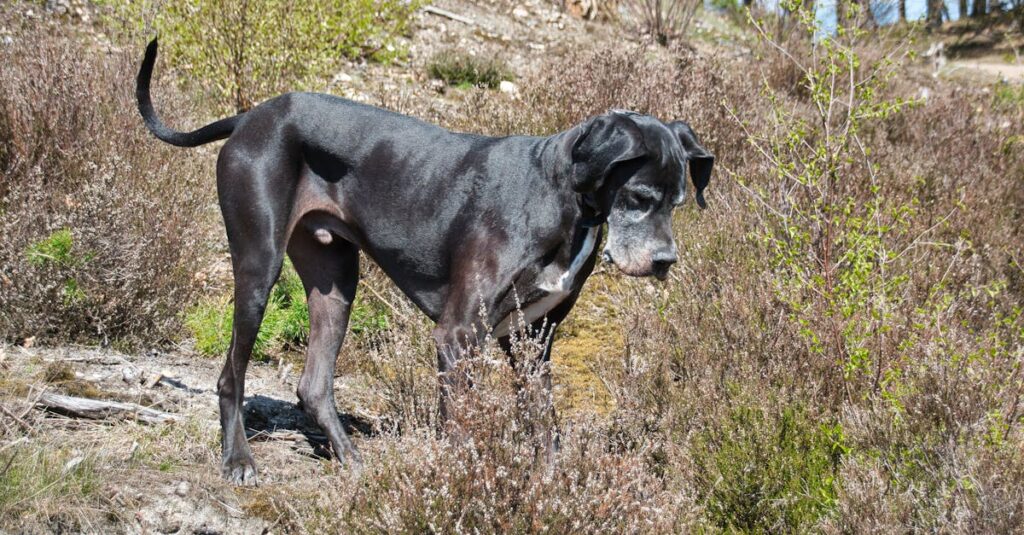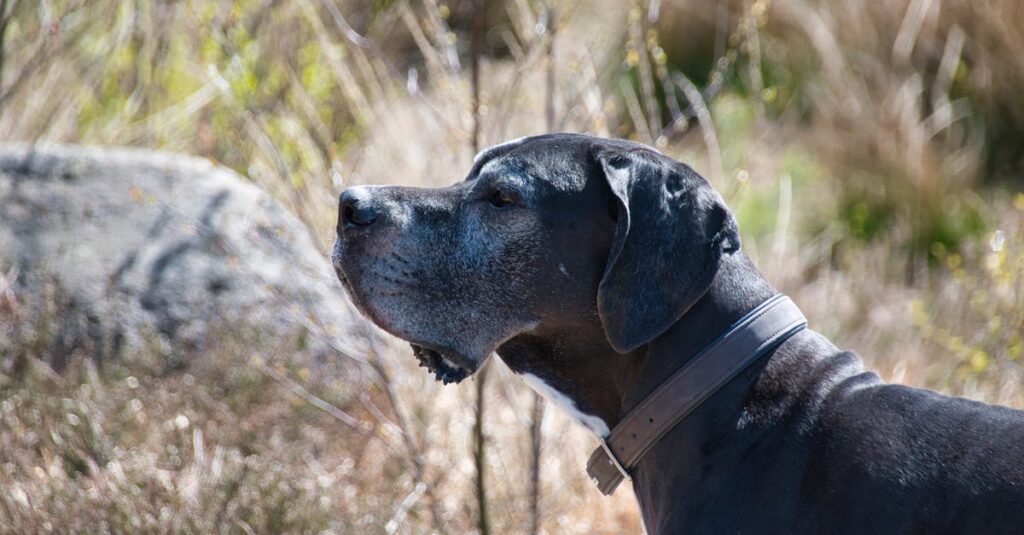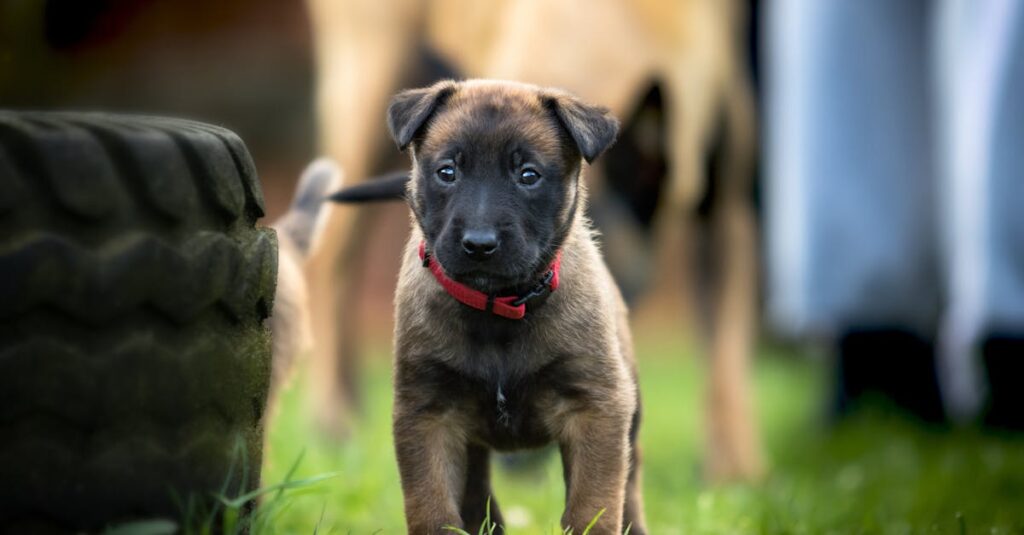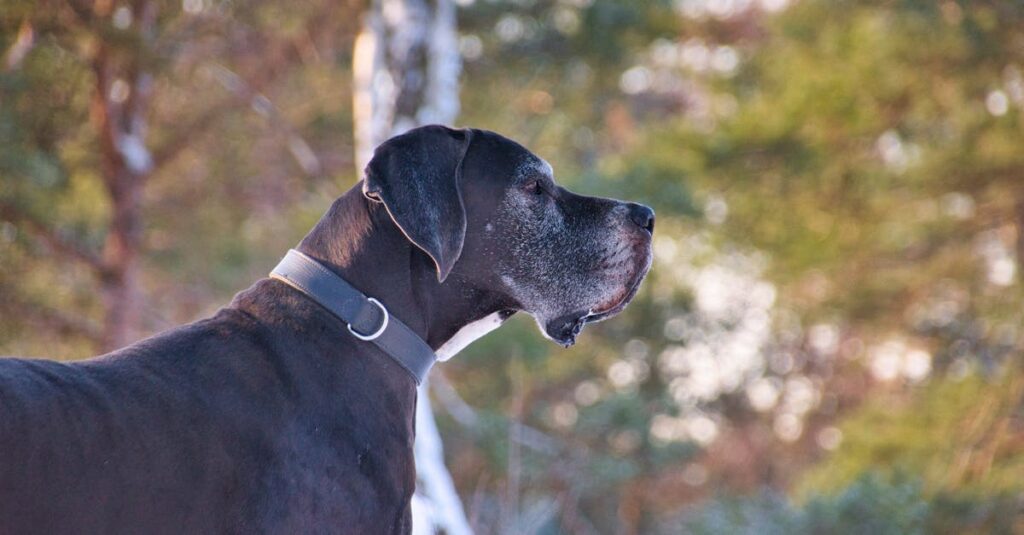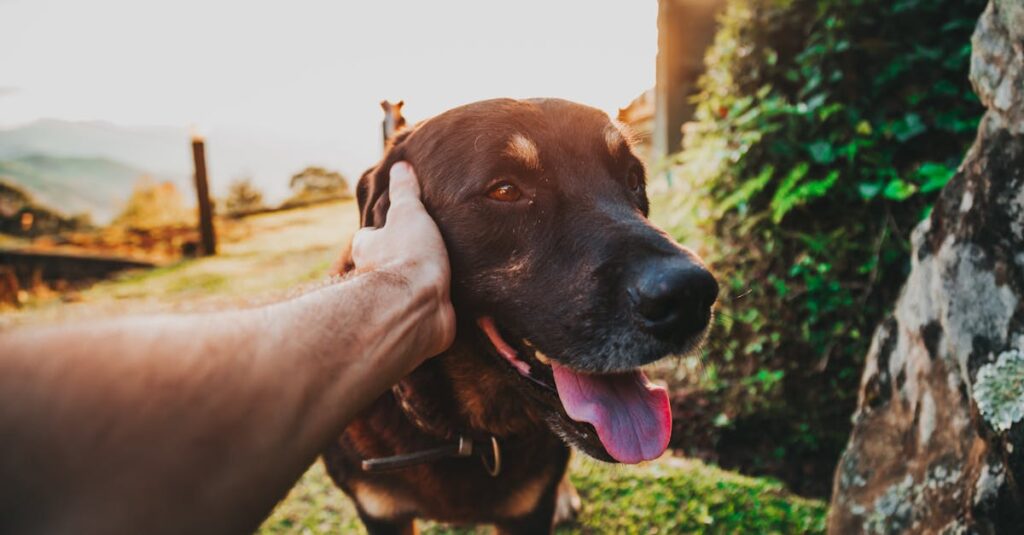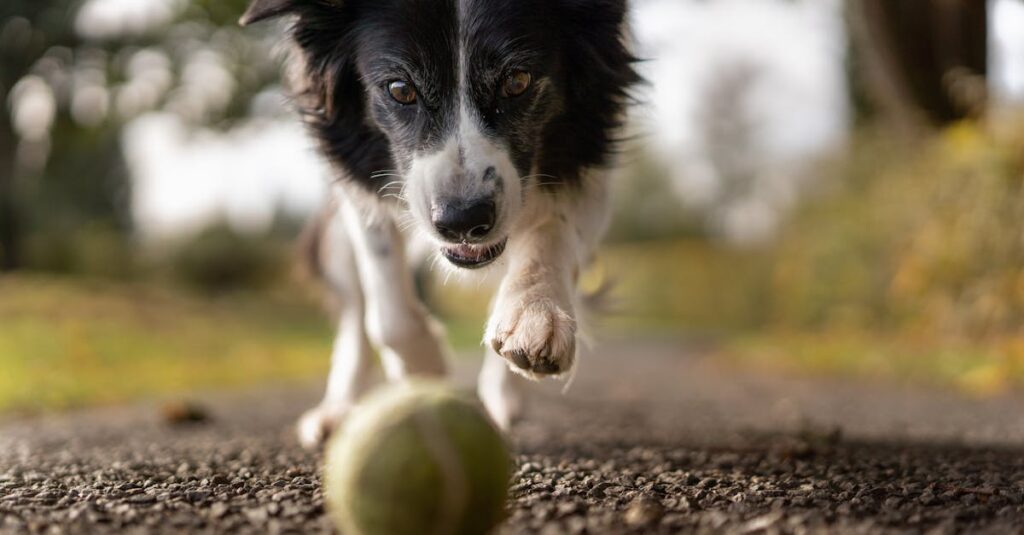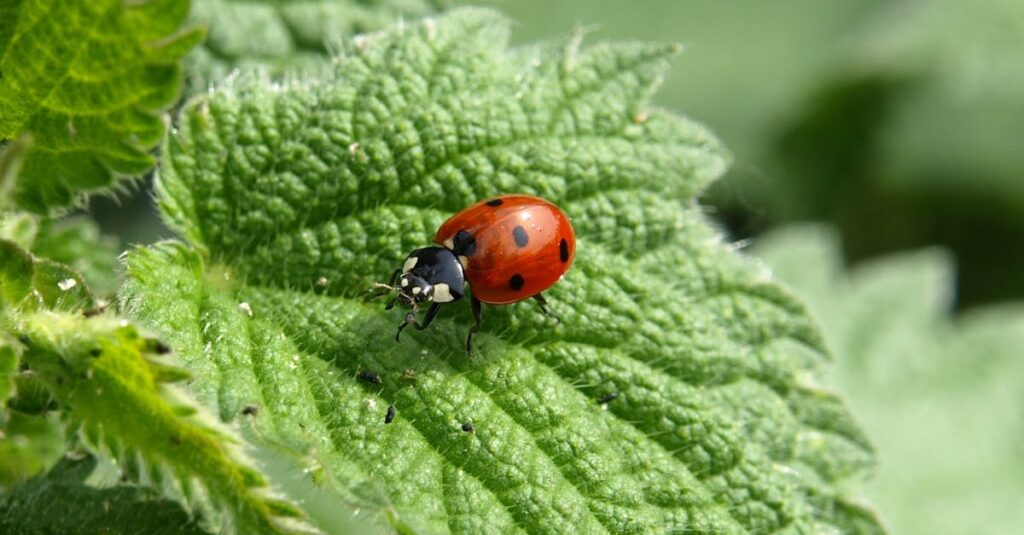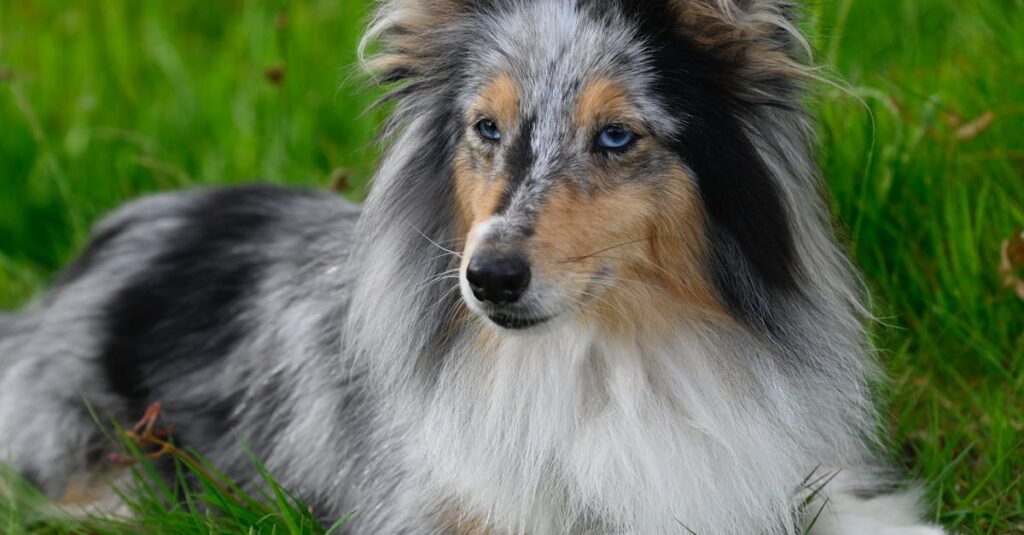It may seem astonishing that a gigantic Great Dane and a tiny Chihuahua share almost identical genetics despite their stark differences in size, shape, and behavior. The challenge lies in deciphering how such phenotypic extremes come from nearly 100% shared DNA. This article unpacks the genetic blueprint that underpins these breeds, explores how selective breeding shapes dog diversity, and clarifies why dogs like these are considered the same species. Whether you’re curious about dog origins, the role of key genes like IGF1, or how modern DNA technologies such as Wisdom Panel and Embark Veterinary reveal breed secrets, this guide delivers a comprehensive exploration of the genetic kinship and distinctions between Great Danes and Chihuahuas.
Genetic Similarities Between Great Danes and Chihuahuas: One Species, Vast Variation
Despite appearances, the DogDNA of Great Danes and Chihuahuas is remarkably analogous, with studies showing they share about 99.9% of their genetic material. This overwhelming similarity confirms that all domestic dogs belong to the single species Canis lupus familiaris, a subspecies of the gray wolf.
- 🐾 Both breeds descend from a common ancestor domesticated over 15,000 years ago.
- 🐾 Essential genes governing metabolism, behavior, and physiology are nearly identical.
- 🐾 Modern genetic testing services like DNA My Dog and Paw Print Genetics reinforce the genetic continuity found across canine breeds.
However, certain alleles, or gene variants, differ and account for the striking physical differences. For example, the IGF1 gene variant—unique to dogs and absent in wolves—plays a significant role in determining body size. This explains why a Chihuahua is tiny while a Great Dane is enormous, yet both are genetically brothers in the family tree.
Key Genes Responsible for Size and Morphology Differences
Selective breeding has exploited a handful of powerful gene loci to create the wide array of dog shapes and sizes we see today. Understanding these genetic “switches” illuminates why Great Danes and Chihuahuas look so different despite sharing most of their genome.
- 🧬 IGF1 (Insulin-like Growth Factor 1): A dominant gene influencing size; the small-body variant is common in Chihuahuas.
- 🧬 SMAD2: A gene affecting cranial and face shape that differentiates skull structures.
- 🧬 FGF4: Linked to limb length, explaining the dwarfism traits in some breeds.
- 🧬 Genes regulating coat types and patterns impact fur texture and color without affecting size.
Services such as Embark Veterinary and Genetic Veterinary Sciences utilize these knowledge points for breed identification and health screening, revealing how just a few genetic variants make a world of difference in dog appearance.
How Selective Breeding Has Shaped the Canine Genome from Great Danes to Chihuahuas
Today’s Great Dane and Chihuahua each represent a distinctive outcome of thousands of years of selective breeding, where humans chose desired physical qualities and mated those dogs preferentially. This has caused “gene bottlenecks,” where only certain genetic variants pass through, reducing overall genetic diversity within breeds but amplifying specific traits.
- 🔍 A bottleneck effect reduces genetic variability, concentrating traits like large size in Great Danes and miniature size in Chihuahuas.
- 🔍 Breed-specific alleles accumulate in DNA regions associated with body proportions, coat, and behavior.
- 🔍 Genetic tools like PetGen andMe Pets help breeders and pet owners track hereditary disorders linked to these concentrated gene pools.
This process explains why a Chihuahua’s DNA sequence reflects many identical nucleotides among individuals, while Great Danes exhibit their distinct, larger-bodied variants. Importantly, despite these differences, both remain from the same species — a testament to genetics’ flexibility.
The Capacity for Crossbreeding and Genetic Compatibility
One of the strongest proofs that these breeds are genetically the same species is their ability, in theory, to interbreed and produce viable puppies. Though practically difficult due to extreme size differences, this biological capability confirms shared ancestry. Moreover, dogs, including Great Danes and Chihuahuas, retain the capacity to successfully breed with gray wolves, blurring species boundaries even further.
- ⚠️ Natural breeding between vastly different sizes is rare and ethically questionable.
- ⚠️ Artificial insemination techniques might overcome size barriers, but are rarely applied in such dissimilar breeds.
- ⚠️ Genetic health risks may arise when crossing drastically different breeds due to possible mutations and physical challenges.
Leading Genetic Health screening organizations, such as Petscreening, monitor genetic risks particularly in mixed or pure breeds to maintain canine welfare during breeding programs.
How Modern Genetic Testing Deciphers Dog Breed Lineages from Great Danes to Chihuahuas
Thanks to advances in genetic technology, companies like Wisdom Panel and Genetic Veterinary Sciences provide accessible dog DNA kits that unravel the complex heritage behind each breed. These tests reveal precise breed composition, predisposition to diseases, and even ancestry lines going back to wolves and ancient canids.
- 🔬 Over 170 breeds are identifiable through DNA tests available in 2025.
- 🔬 These panels highlight few key genomic regions responsible for breed differences, consistent with scientific studies.
- 🔬 They help owners understand their dogs’ needs and inform responsible breeding choices.
Such testing confirms that while Great Danes and Chihuahuas appear worlds apart, their genomes tell a story of shared history punctuated by selective gene expression controlled by breeders.
Practical Uses of Canine Genetic Testing
For dog lovers and breeders alike, these genetic insights support:
- 📊 Identification of breed mix for shelter dogs or mutts.
- 📊 Early detection of hereditary conditions common in particular breeds.
- 📊 Recommendations for nutrition, training, and health management based on genetic predispositions.
- 📊 Preservation of rare breed genetics by monitoring genetic bottlenecks.
Integrating services like DogDNA and Embark Veterinary into your care routine brings science-based understanding to pet ownership, enhancing your dog’s quality of life.
Summary Table: Genetic Comparison of Great Danes and Chihuahuas 🐕🧬
| Genetic Attribute 🧬 | Great Dane 🐾 | Chihuahua 🐕 | Notes 📌 |
|---|---|---|---|
| Overall DNA similarity | ≈ 99.9% | Nearly identical genomes with minor allelic differences | |
| Body size gene variant (IGF1) | Large-body allele | Small-body allele | IGF1 variant correlates strongly with size differences |
| Face and skull shape genes (SMAD2) | Longer muzzle, larger skull | Shorter muzzle, rounder skull | Affects dental alignment and appearance |
| Coat type genes | Various, including short and long hairs | Variety of fur types as well | Independent of size genetics |
| Inbreeding & bottleneck effect | Less genetic diversity within breed | Highly homozygous, limited diversity | Selective breeding narrows gene pools |
Frequently Asked Questions about Great Dane and Chihuahua Genomes
- ❓ Are Great Danes and Chihuahuas different species?
No. Both are the same species, Canis lupus familiaris, sharing nearly identical DNA. - ❓ Can a Great Dane and a Chihuahua have puppies?
In theory, yes, but due to extreme size differences, it’s practically and ethically challenging. - ❓ What gene mostly controls size differences in dogs?
The IGF1 gene variant is a major determinant of size variation across breeds. - ❓ Do dogs share DNA with wolves?
Yes, dogs are classified as a subspecies of gray wolves and share most of their genes. - ❓ How can I test my dog’s breed genetically?
Services like Wisdom Panel, Embark Veterinary, and DogDNA offer reliable at-home DNA tests with detailed breed and health reports.








